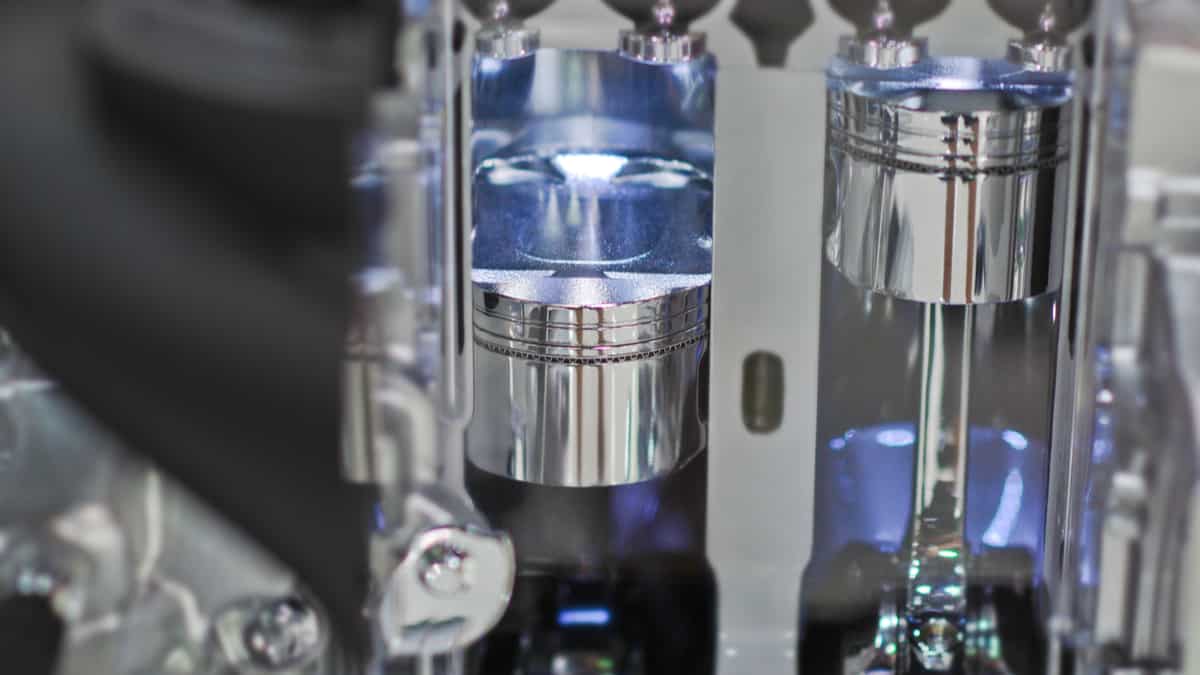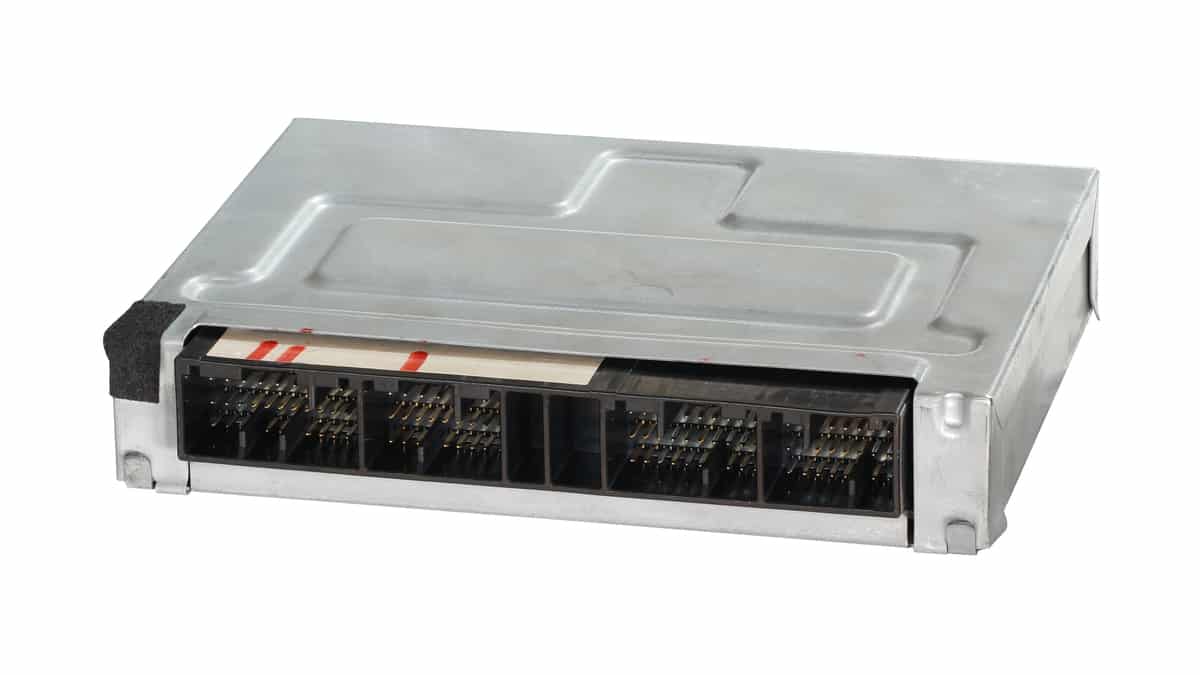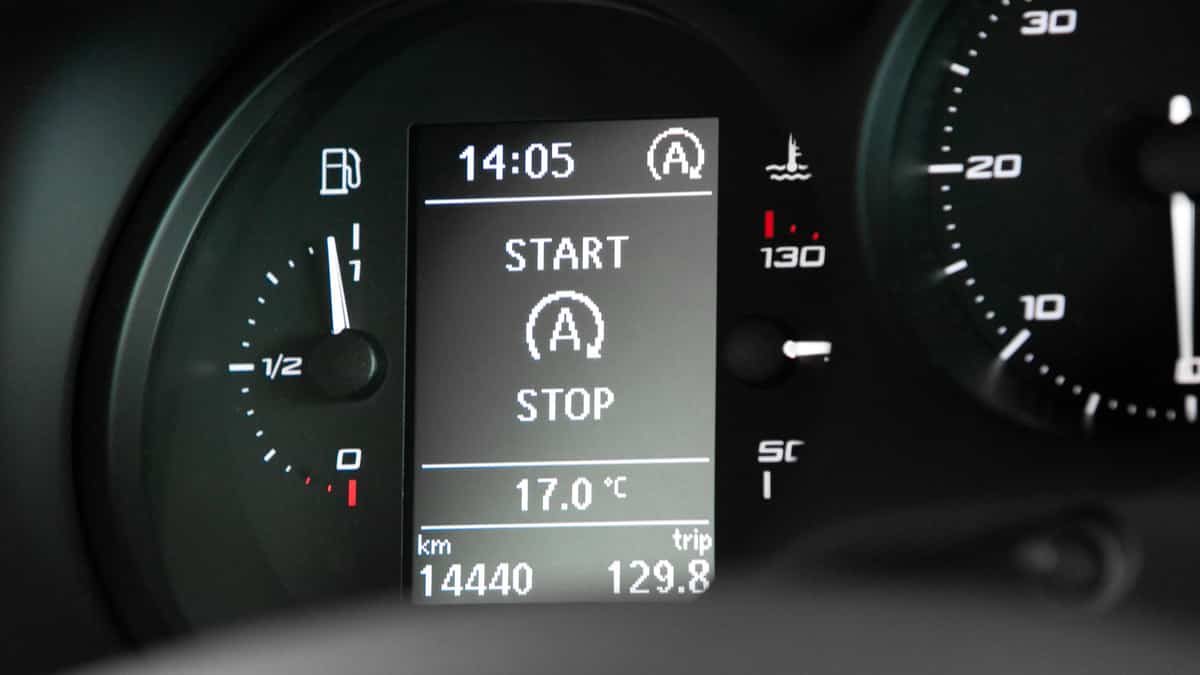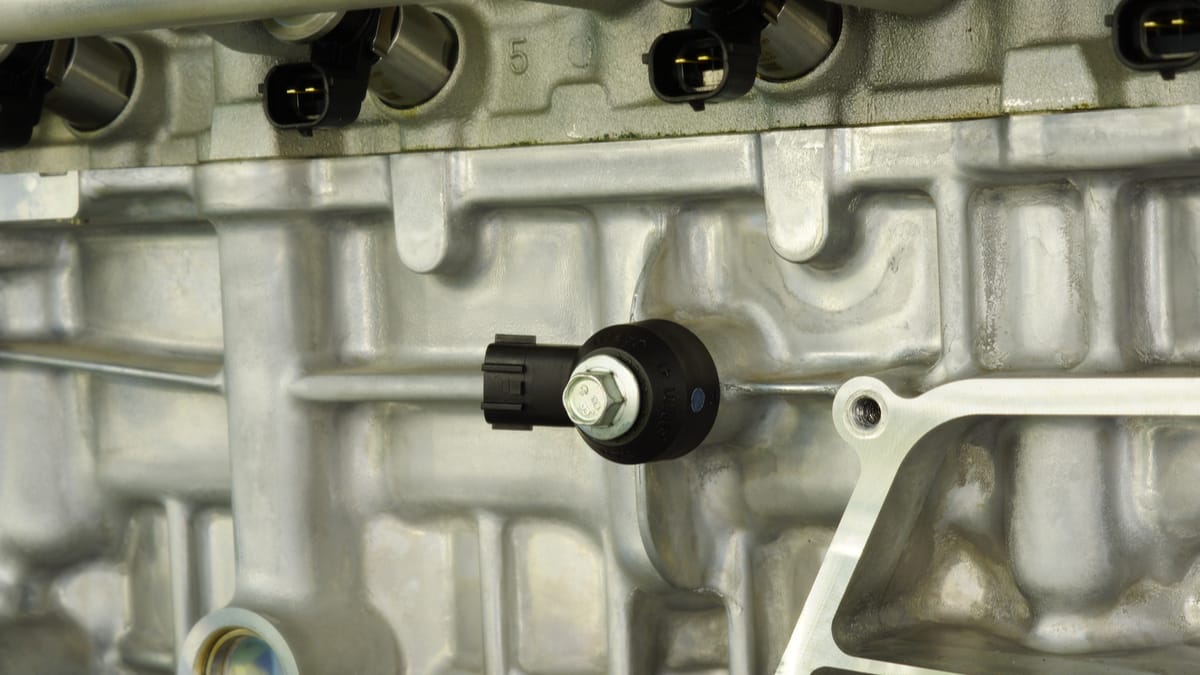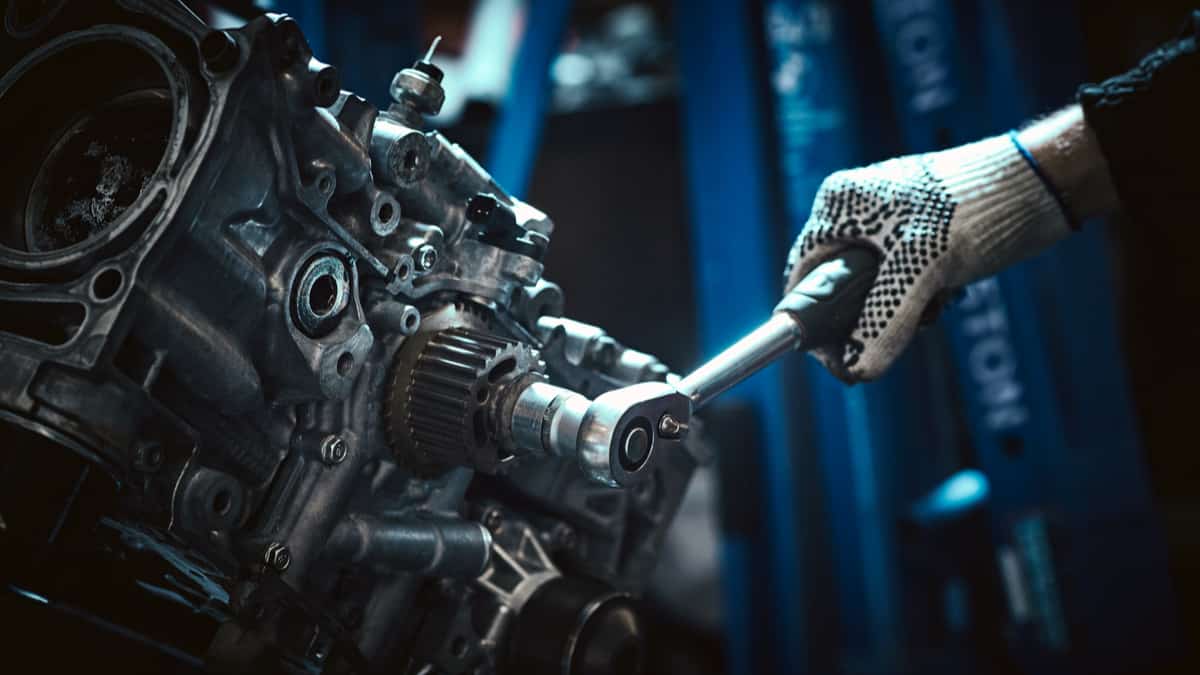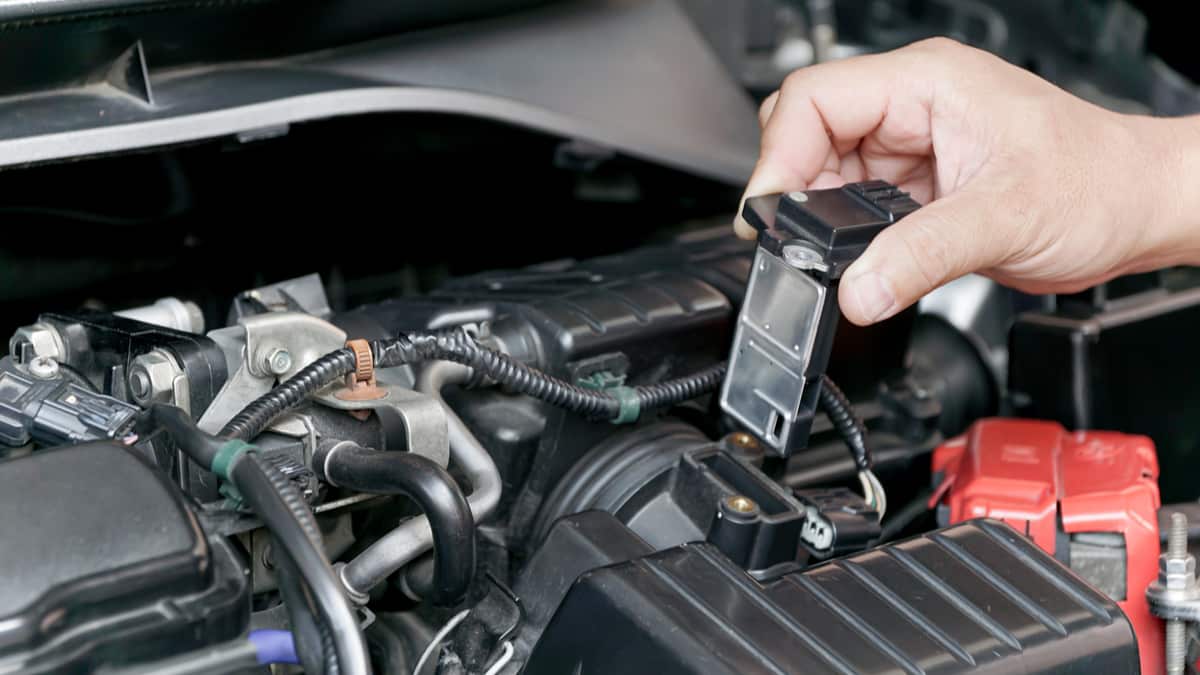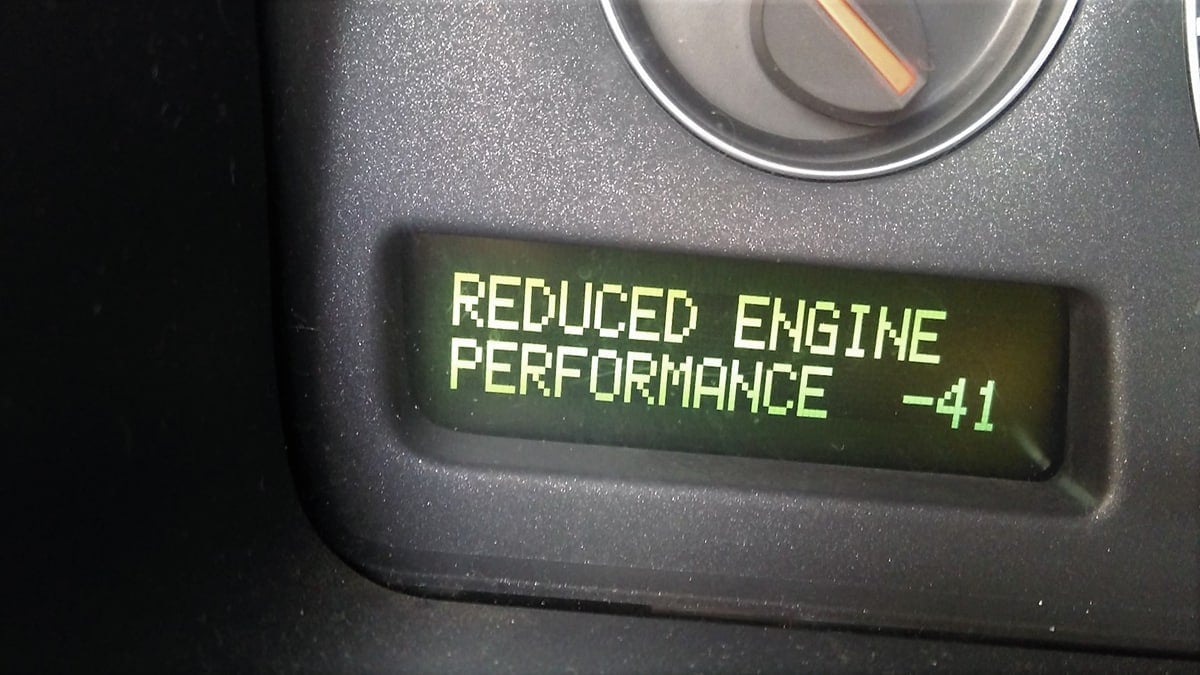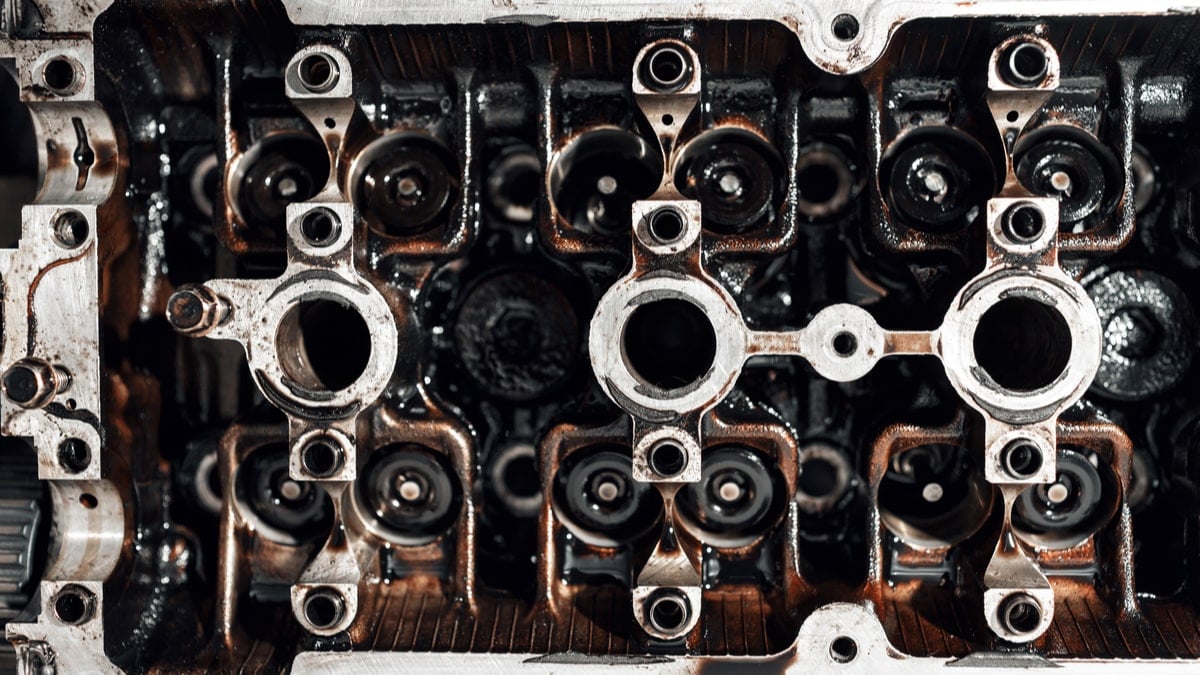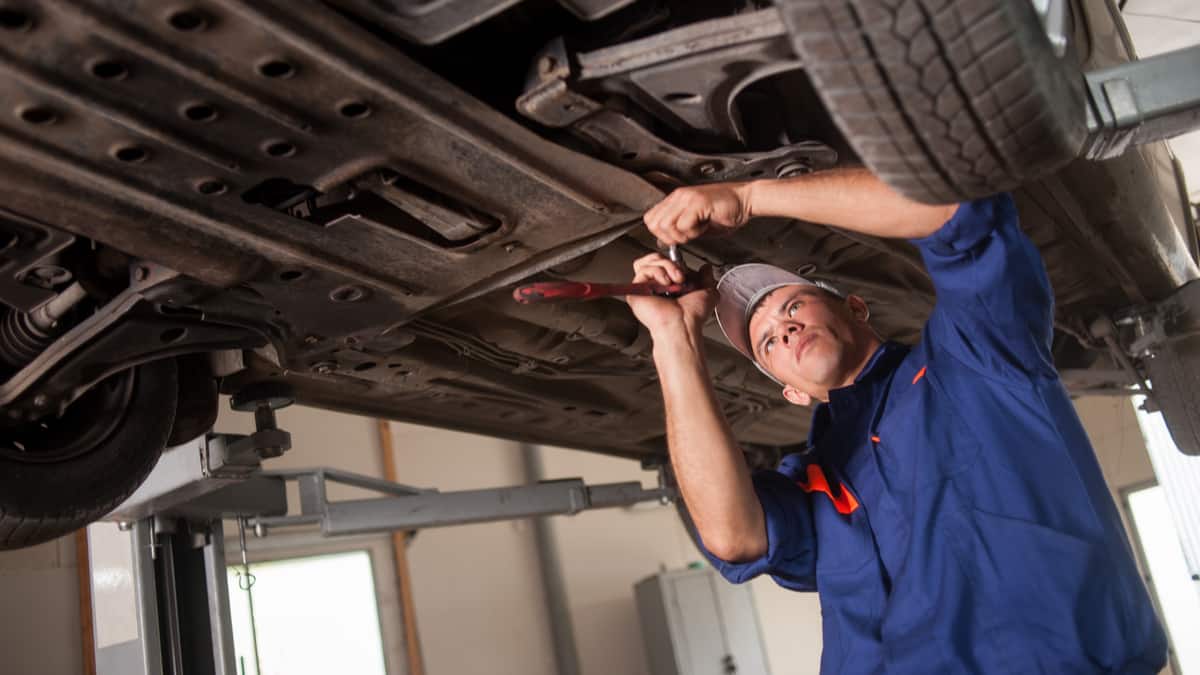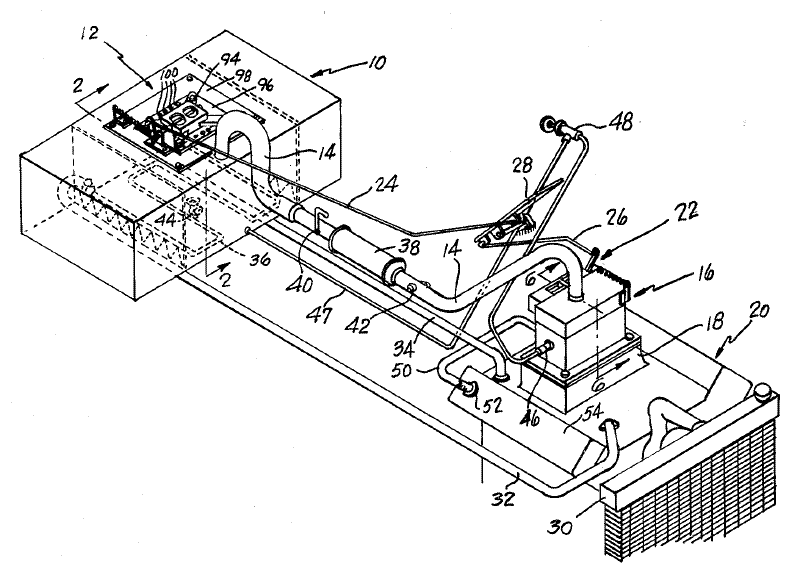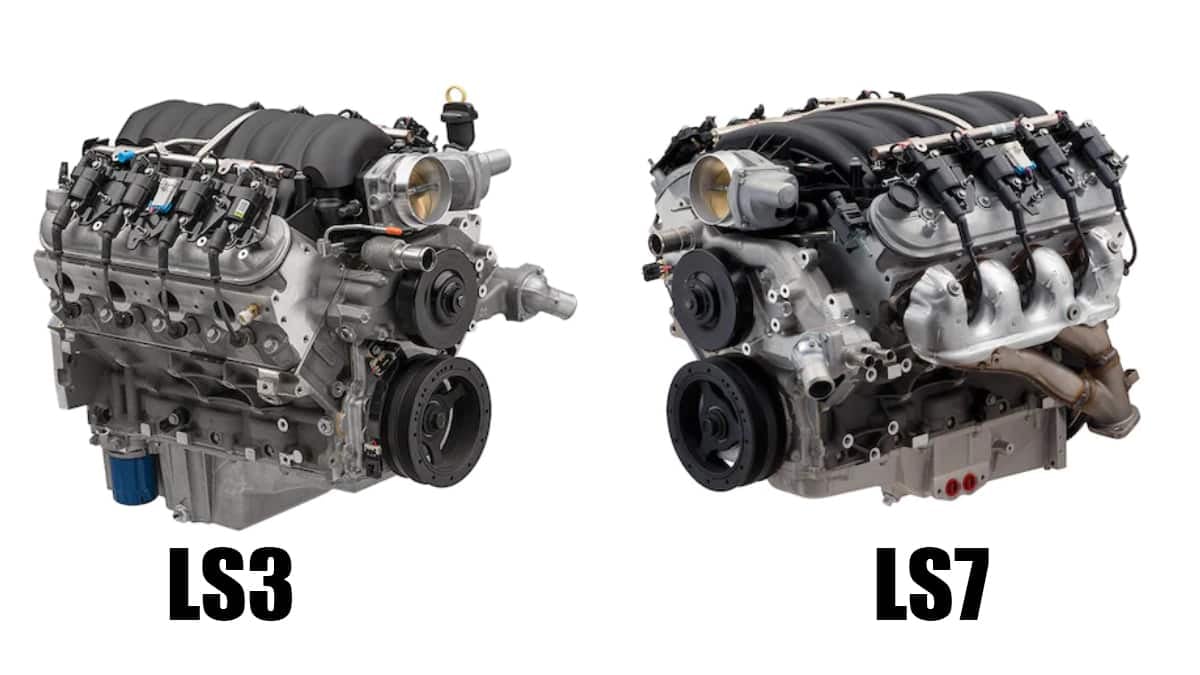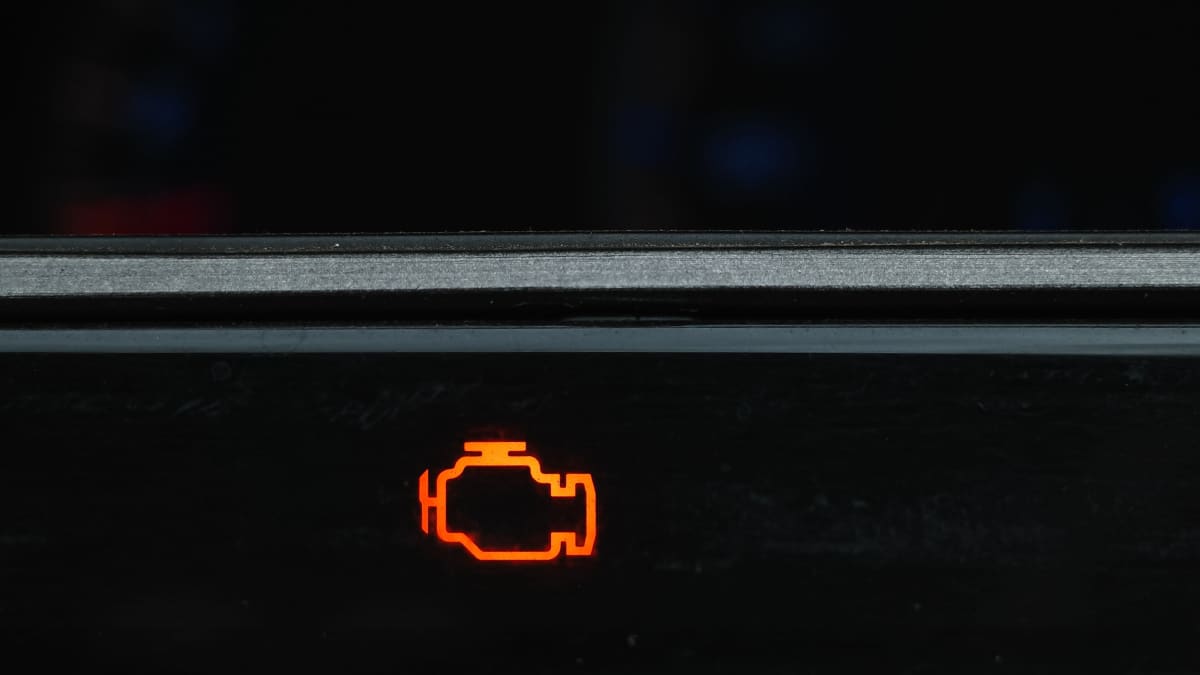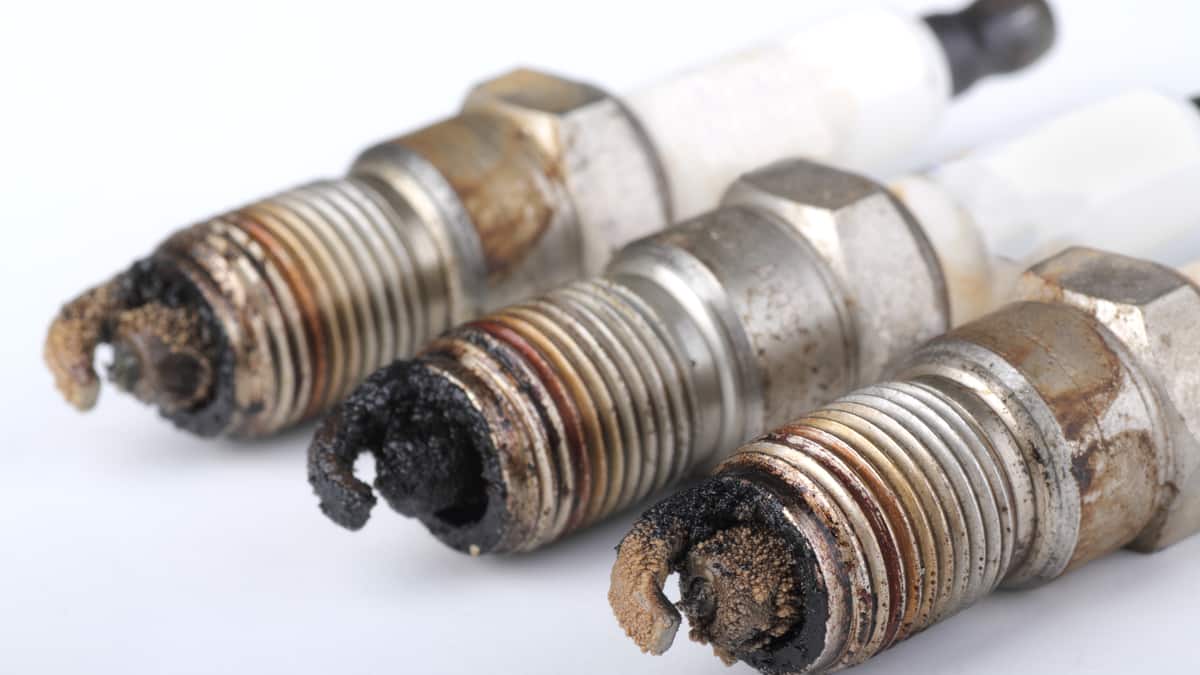Do you suspect that your engine has too much blow-by?
I hope that is not the case! Fixing blow-by is often very expensive and can lead to complicated repairs.
But what exactly is blow-by, and what can cause it? Let’s find out!
What is Engine Blow-By?
Engine blow-by is compressed air and fuel in the cylinder combustion chamber going through the piston rings into the crankcase ventilation, usually due to worn piston rings, worn pistons, or a damaged cylinder wall.
Internal combustion engines operate through the ignition of air and fuel. When this explosion makes its way to the crankcase through the piston rings and then out of the engine, a blow-by occurs.
If the pistons are leaking and causing the blow-by, you may also notice a loss of horsepower. If not solved, blow-by will cause further engine trouble and will also cause increased engine oil consumption.
4 Common Causes of Blow-by
The most common causes of blow-by are worn-out piston rings, worn pistons, or damaged cylinder walls. In some cases, you may mistake blocked crankcase ventilation for blow-by, so it’s good the check for clogged crankcase ventilation before checking for blow-by.
There are a few different things that could cause blow-by. Blow-by is a bad thing and often not easy or cheap to fix.
However, if you experience blow-by, you will want to check the crankcase breathing to make sure it’s not blocked first.
Here is a more detailed list of the four most common causes of engine blow-by.
1. Worn out pistons
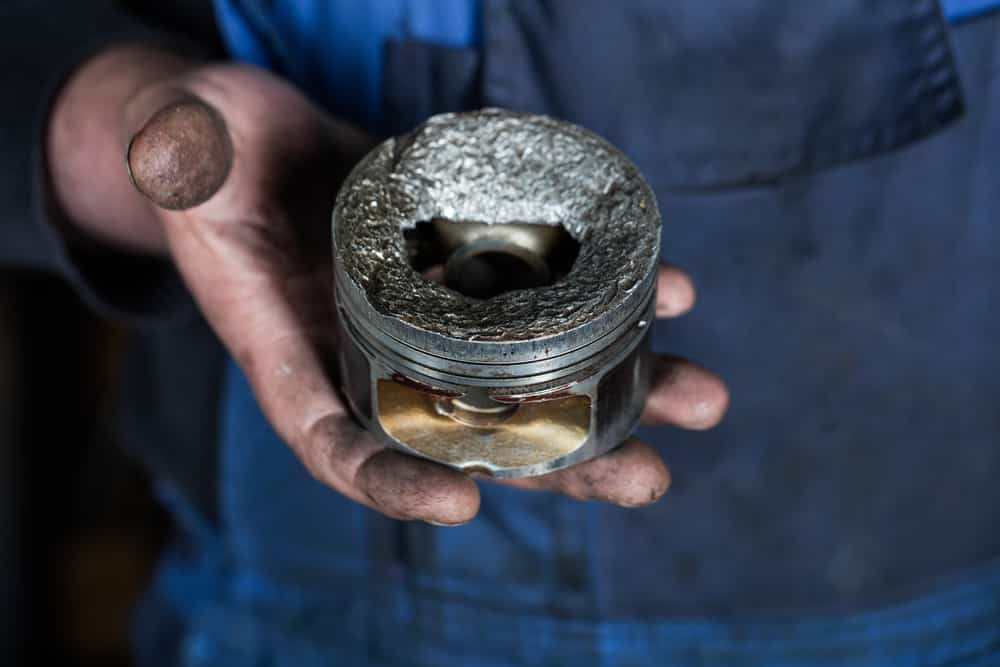
Pistons are vital for moving the crankshaft. When the pistons start wearing out, they become smaller while the cylinder walls become larger. Pistons are mostly made from aluminum, which happens to be a soft metal. When it wears out, it creates grooves in the piston while deposit accumulation occurs on the cylinder walls.
The fuel-air mixture soon finds its way into the crankcase. It can also be due to holes in the pistons from a knocking engine.
2. Worn piston rings
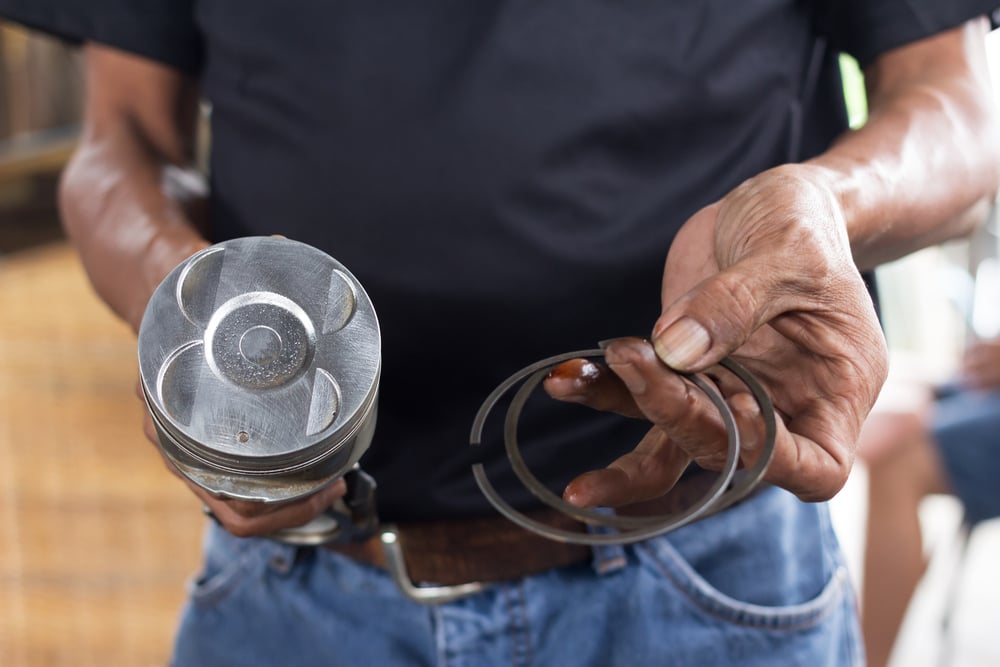
The piston rings are continuously being pushed back and forth in the cylinder wall, and with time they become worn and destroyed. This leads to leakage of gases, which causes blow-by.
Sometimes, the piston rings can get stuck, and this will often be solved by pouring some diesel into the cylinder and letting it sit for a while. With a little luck, they will come loose and seal against the cylinder wall again.
If not, the only way is to replace them, which is a very costly repair.
3. Damaged cylinder walls
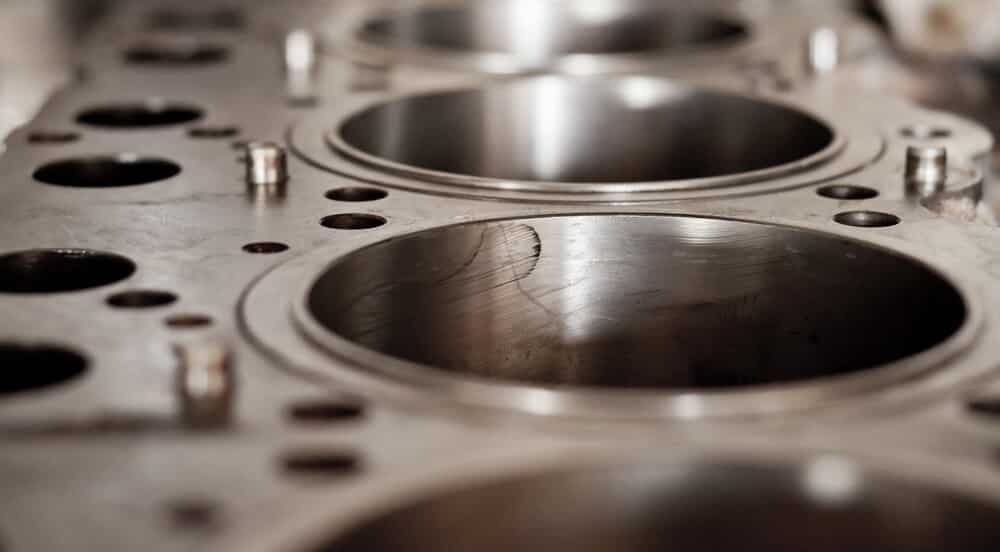
The continuous movement of the pistons will, with time, lead to damaged cylinder walls. It can also come from damaged pistons or piston rings.
You can often notice damaged cylinder walls by listening for piston slap. Luckily, worn-out cylinder walls are not very common. If that happens, you either need to bore the cylinders to a bigger size and replace the pistons, or you have to replace the engine block.
4. Faulty Crankcase ventilation
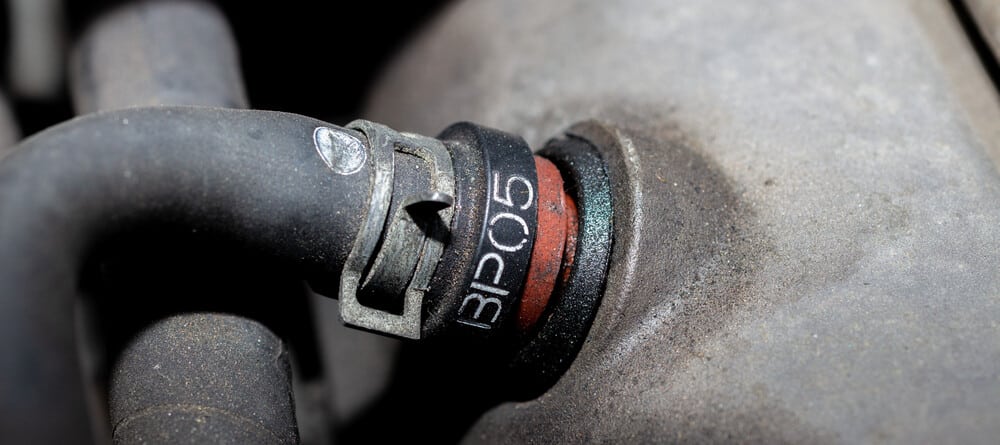
In some cases, you can mistake blocked crankcase ventilation for blow-by. The crankcase ventilation’s job is to recycle blow-by into the intake again. If the crankcase ventilation hoses are blocked, it will push it out from the oil cap once you open it, and you may think that your engine has a lot of blow-by.
Check the crankcase ventilation and make sure it is clear of any dirt.
How do you fix a blow by?
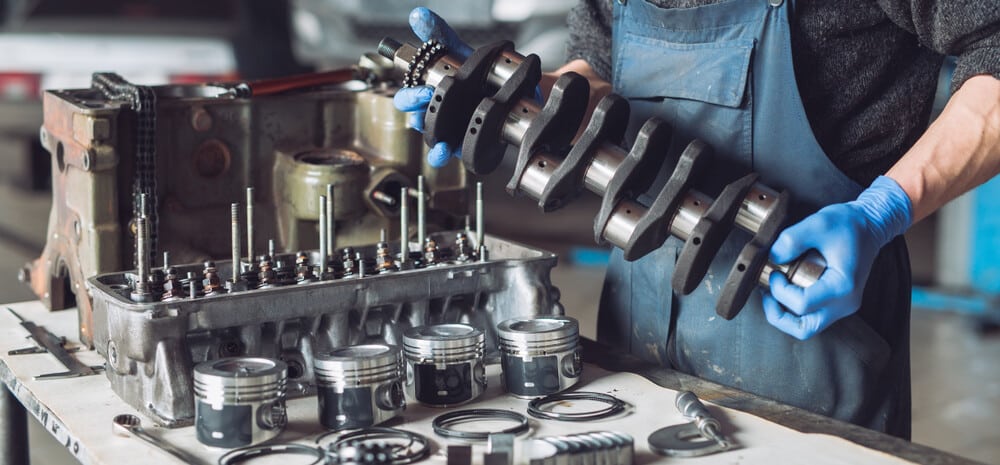
If you really think that your car’s engine has a lot of blow-by, you might want to know how to fix it.
Fixing blow-by is often not very easy, as worn pistons or piston rings are usually at fault. However, there are some things you need to do to fix it.
1. Clean Crankcase Ventilation
The first thing you need to do is check your crankcase ventilation to make sure it is clear of sludge and dirt. Try to remove a hose and blow through it to make sure it’s clear. Also, check the PCV valve.
2. Oil Treatment
Sometimes it happens that the piston rings get stuck and will not seal against the cylinder walls. If you are lucky, this can be solved by pouring some diesel into the cylinders and letting them sit for a day or two.
3. Replace Piston Rings
If the diesel or additive didn’t fix your problem, you might need to replace the piston rings. To replace the piston rings, you need to remove the engine block’s pistons, which is a big repair. You can do a leak-down test to make sure the piston rings or pistons are causing the problems.
4. Replace Pistons
You may also want to scrutinize the pistons while you replace the piston rings. If you see any damage to the pistons, you may need to replace them as well. When you replace the pistons, you often want to resurface the engine block.
5. Replace Engine Block or Remanufacture Cylinders
If your cylinder walls have scratches and are worn, you may need to resurface them or bore bigger cylinders with bigger pistons. The other option is to replace the engine block instead.
Categories: Engine, Troubleshooting

